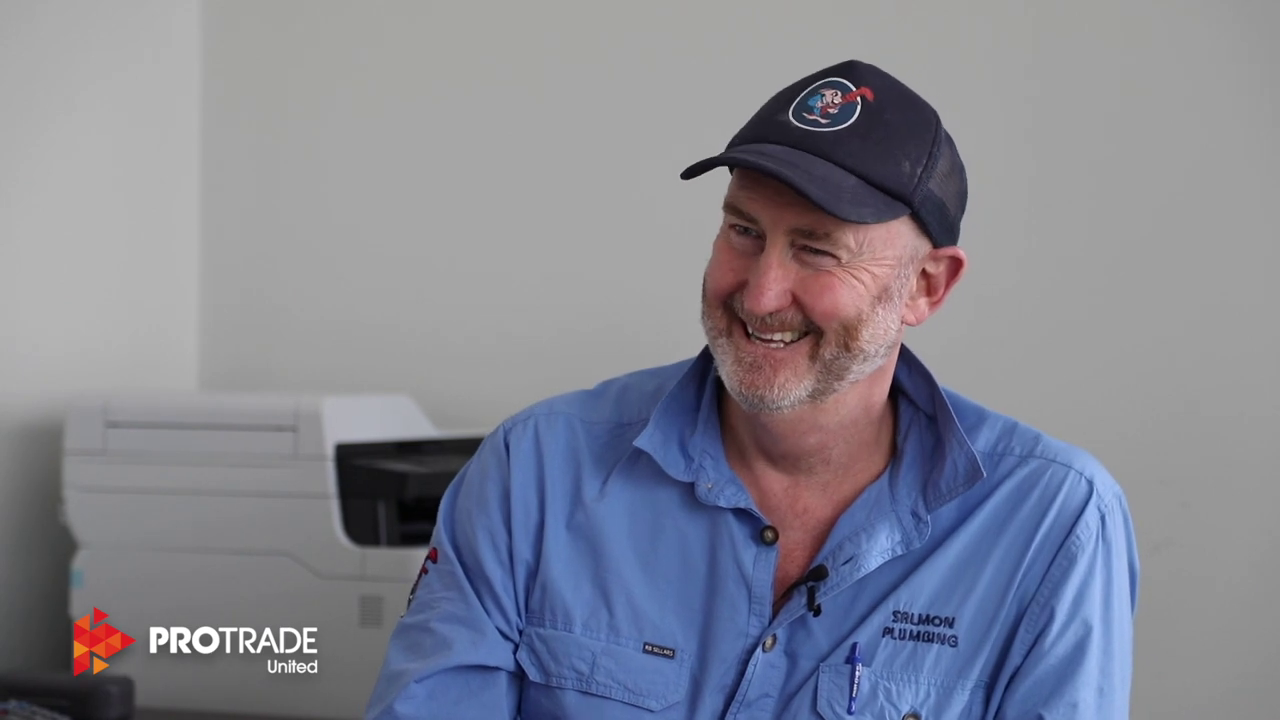Let’s delve into four key areas to consider as we approach the end of the financial year:
1. Context:
Context always gives meaning to the content, thus provides meaning to your financial decisions. For instance, when you look at how you want to position your business towards the end of financial year, if your goal is to minimize tax liabilities, you might focus on reducing your profits on paper.
Conversely, if you’re positioning your business for sale or investment purposes, showing consistent high profitability over several years becomes crucial and it will determine how you spend the next couple of months in setting up the profitability of your company. Consider your desired outcomes and tailor your strategies accordingly.
So your context is important. You may be required to report to a regulatory body in your state every year depending on the industry you are in and position your business to be equitable, reliable, profitable and have the right balance of liabilities to equity.
Your desired outcome is the compass which determine the objectives for closing off the financial year.
2. Review Your Business Structure:
It’s a good time to review the structure of the business that your business operates in. Take this opportunity to assess whether your current business structure is serving you effectively. Are you in the right entity? Are you in the right company structure?
Are you utilizing trusts to disperse income, to protect and set up some risk management strategies? It’s a good chance to change or reset your structure at the end of a financial year, and moving into a new one as well.
Consulting with your financial advisor and accountant can help you optimize your structure to protect your assets and minimize taxes.
3. Manage Your Income and Expenses:
If your goal is to maximise profitability and show on paper that your business is profitable for the last financial year, you may want to look at how you can bring as much income into this financial year. Consider accelerating income receipts before the end of the financial year while delaying expenses until the next period.
To show higher profits, depending on whether you report on a cash basis or an accruals basis, having invoices dated and cash come into the account prior to June 30th could be one way to maximise the income into this financial year.
Secondly, how do you minimise the expenses that you are going to pay or be invoiced for in this financial year? This decision will influence the maximum profitability aspect on paper.
Conversely, if reducing taxable income is your goal, delay incoming funds and expedite expenses where possible. You may want to delay any income coming into the company or into the business, either in the bank as cash or on paper to after the end of the financial year. Bring forward as many expenses as you possibly can into this financial year.
4. Cash Flow Considerations:
All these above strategies also depend on your cash flow situation. If you have surplus cash, consider prepaying expenses such as paying for rent six to twelve months in advance and paying extra superannuation. Having those on paper as paid will minimise potential taxation. However, always ensure that these decisions align with your overall financial health and business objectives.
While I don’t claim to be a financial guru, I’ve learned valuable lessons over time and rely on my financial team’s expertise. This guide serves as a starting point for you to consider how to position your business for success. If you need further support or guidance from financial experts, don’t hesitate to reach out. We’re here to help you navigate this critical time and set your business up for a prosperous future.
As June 30th approaches, take proactive steps to maximize your financial year and lay a solid foundation for the year ahead.
If you’d like any support in getting in touch with some of these financial experts to support you, please let us know. We’re happy to help.










